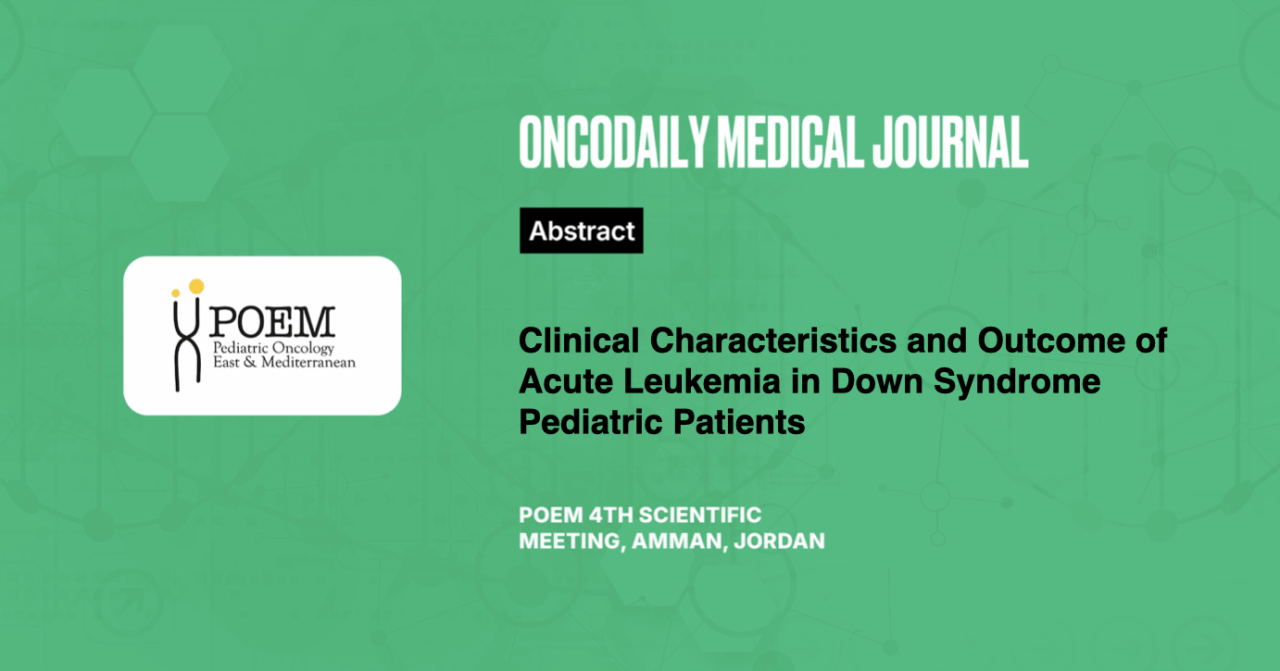Clinical Characteristics and Outcomes of Acute Leukemia in Down Syndrome Pediatric Patients
Abstract
Introduction: Down syndrome (DS) is one of the most prevalent chromosomal abnormalities in the general population, with an increased incidence of acute leukemia. However, the balance between curative treatments and probable toxicities is a challenge in the treatment of children with Down syndrome. We aimed to provide an illustrative study about disease characteristics & its outcome.
Methodology: Institutional-based retrospective study including children with Down syndrome and acute leukemia in the Egyptian National Cancer Institute (NCI) during the period starting from January 2011 to December 2019 (9 years). We collected all initial clinical and laboratory data, given treatment protocols, response to initial treatment, and patient outcomes in the form of overall survival (OS) and disease-free survival (DFS).
Results: We collected 33 acute leukemia DS patients. Nine (27%) patients were DS-AML, with 2 cases having documented TAM, and 24/33 (73%) patients were DS-ALL. The cumulative overall survival at 1 year for the AML group was 37.5%, while the EFS at 1 year was 37.5%, and none of the variables showed statistically significant results due to the small sample size. In the ALL group, the cumulative overall survival at 1 year was 50%, at 2 years it was 41.7%, while one-year EFS was estimated at 50%, and 2-year EFS was about 41.7%. Initial WBCs ≥ 50,000 had a statistically significant negative prognostic impact on OS and EFS.
Conclusion: Our studies confirmed the specificity of acute leukemia features in Down syndrome patients with lower OS and EFS than non-Down syndrome patients due to increased treatment-related mortality during the treatment course.





